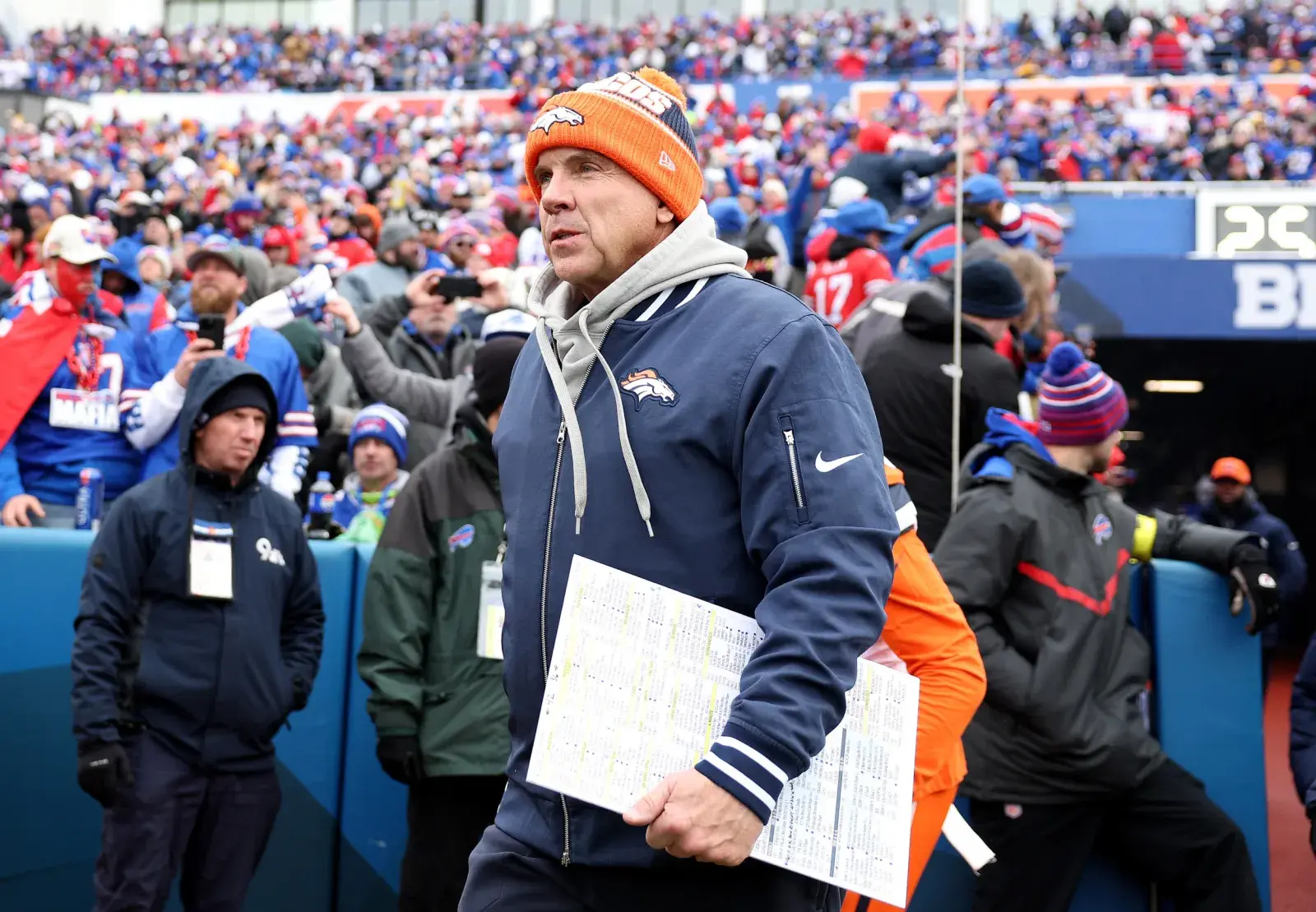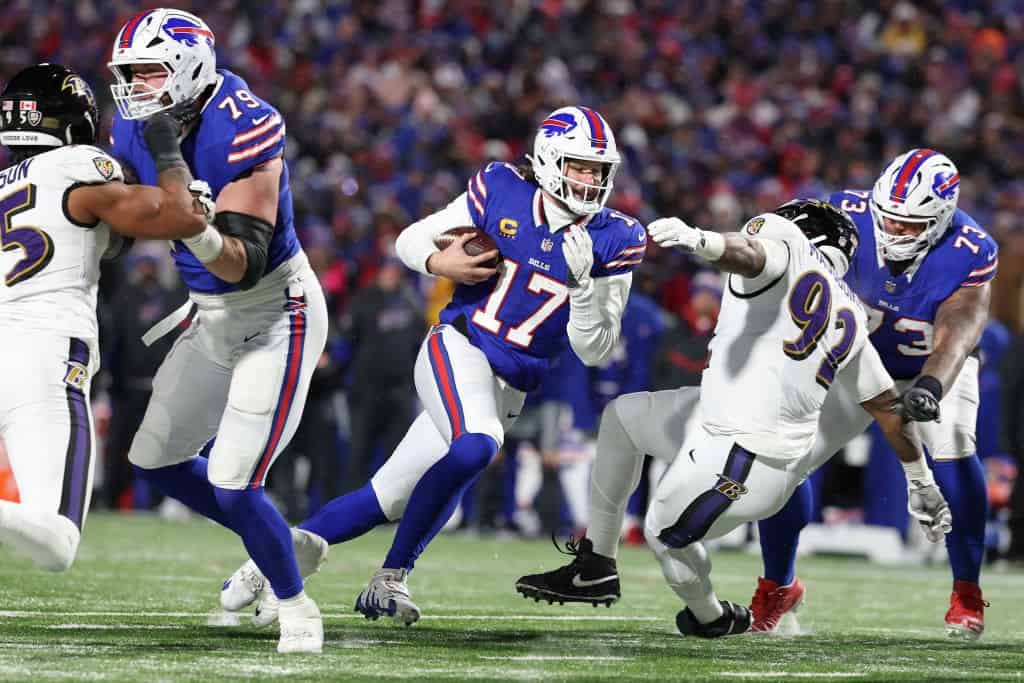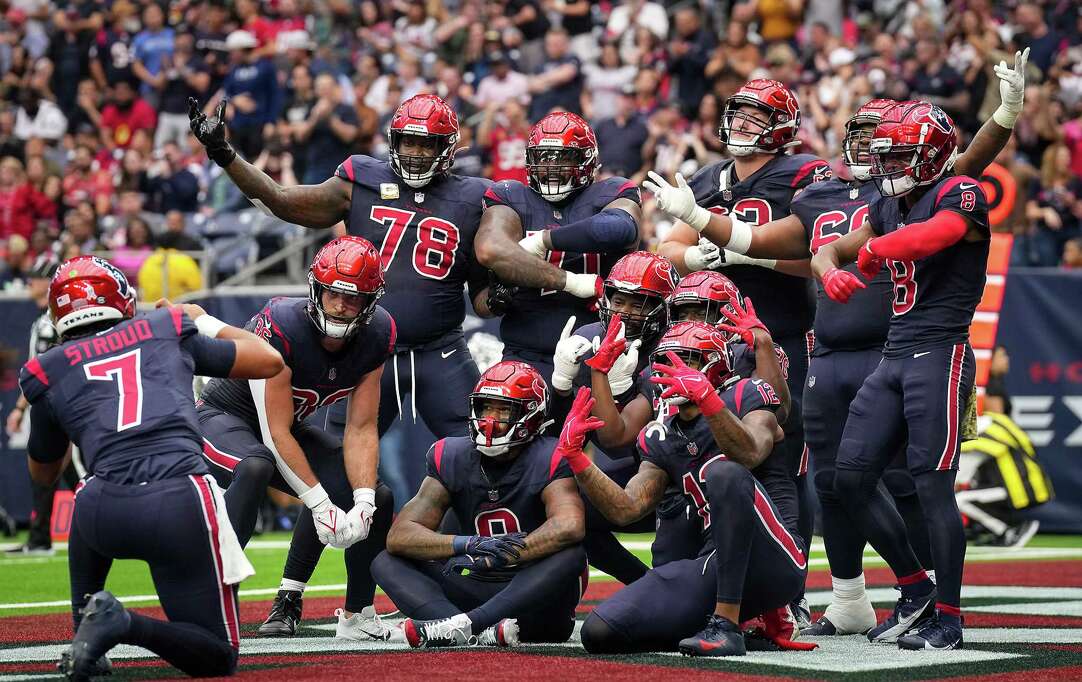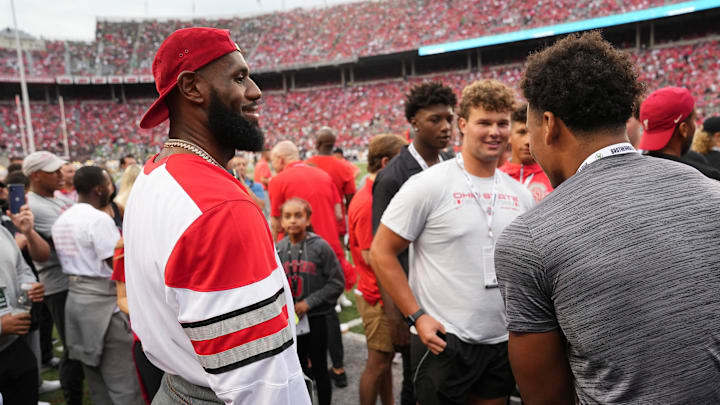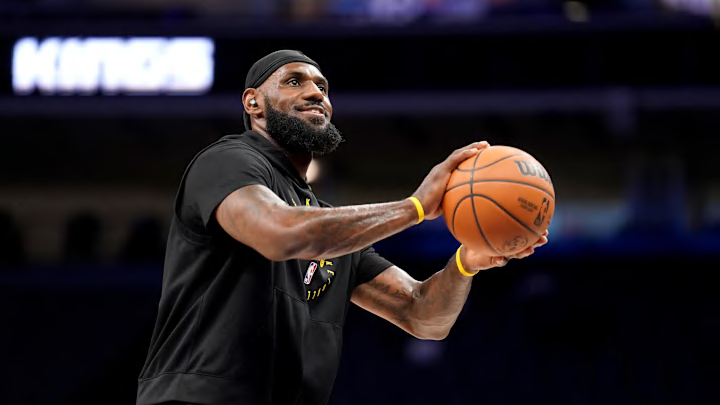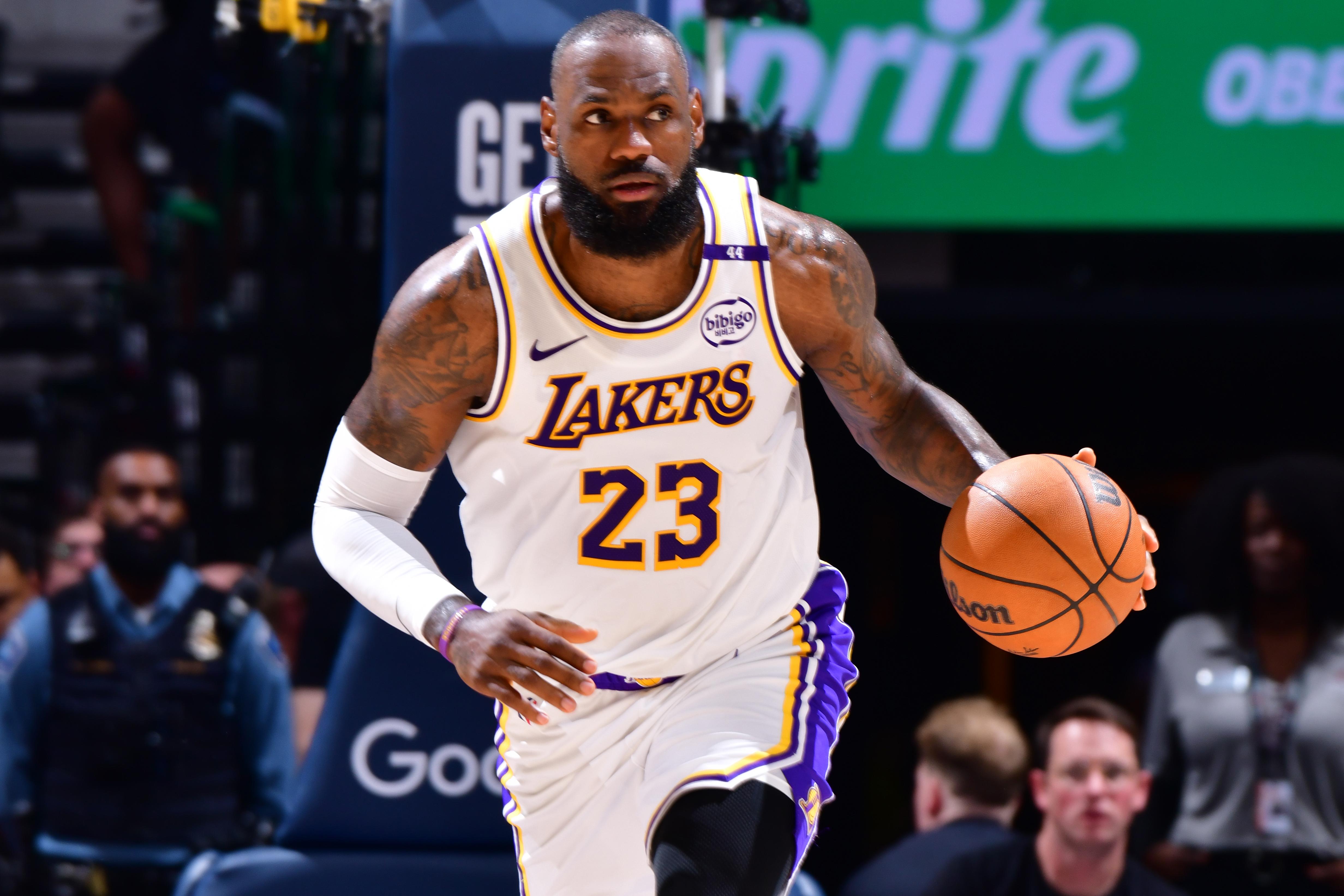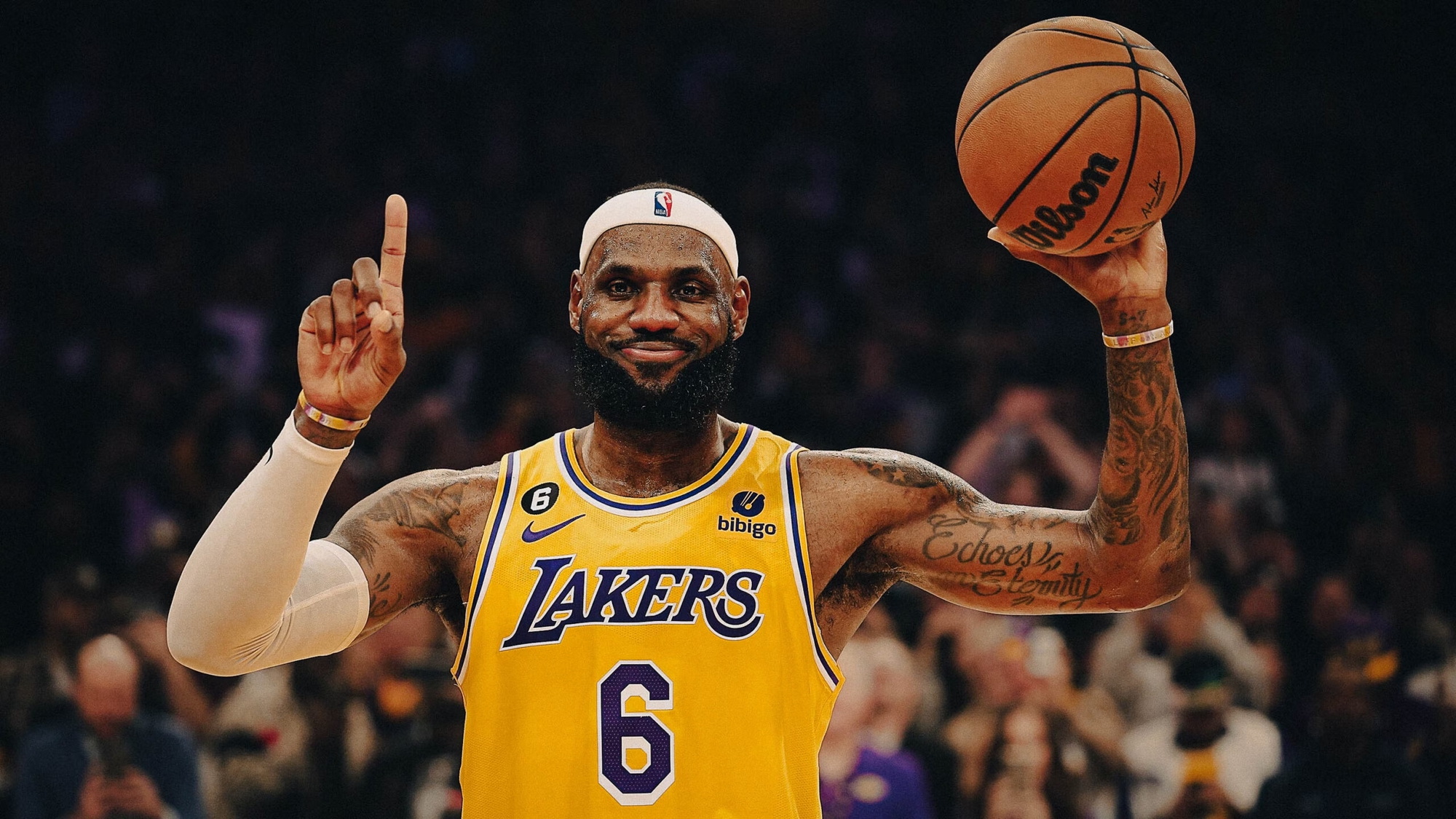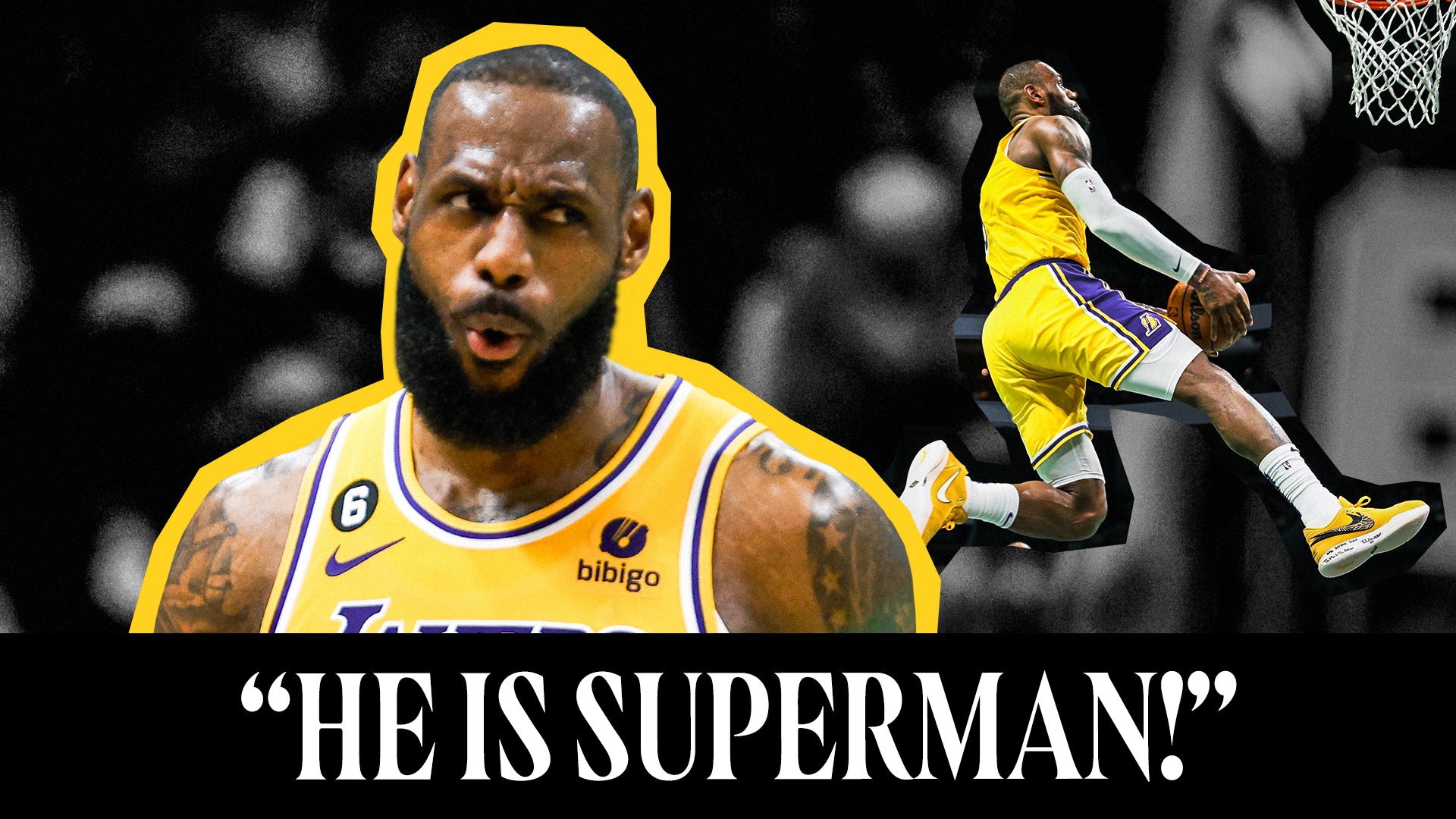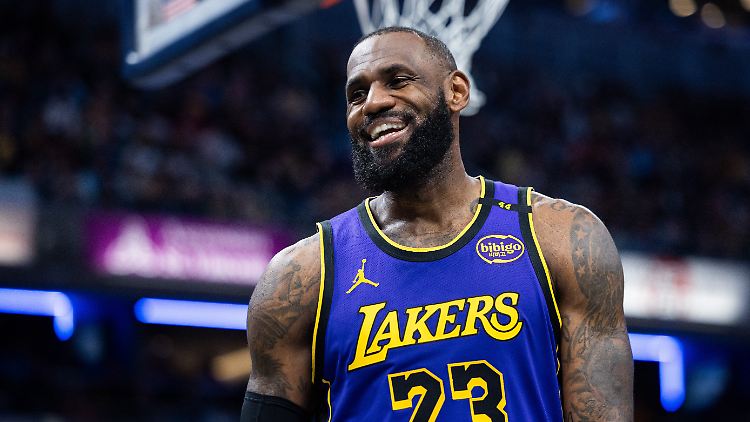The opening salvos of NFL free agency are typically characterized by a flurry of activity, massive contracts, and immediate, noticeable improvements for many franchises. General managers, armed with cap space and a clear vision, aim to plug critical holes and elevate their rosters. However, not every team emerges from the first 24 hours smelling like roses. In fact, some teams, due to significant losses, stagnant movement, or puzzling decisions, appear to have regressed, landing them on the unfortunate list of the "Least Improved" teams following the initial rush.

Based on the moves—or lack thereof—made during the first crucial day of the league's new year, five teams stand out for their challenging positions: the San Francisco 49ers, Houston Texans, Atlanta Falcons, Los Angeles Chargers, and Minnesota Vikings.
1. San Francisco 49ers: Defensive Erosion
For a team that consistently finds itself in Super Bowl contention, standing pat or, worse, losing key personnel is a form of regression. The 49ers, while retaining their core offensive talent, started free agency by losing key contributors on the defensive side of the ball. Losing established veterans on the defensive line, such as Leonard Floyd and Javon Hargrave, coupled with the departures of key linebackers like Dre Greenlaw and safety Talanoa Hufanga, created immediate, high-impact holes.
While the 49ers possess the depth and the executive prowess to eventually reload through the draft, the fact remains that on Day 1, their roster lost more established, proven playmakers than it gained. Their defense, the backbone of their championship contention, is now thinner and reliant on less experienced players stepping up immediately. In the fiercely competitive NFC, even minor defensive erosion can be the difference between hoisting the Lombardi Trophy and falling short, making their initial outlook concerning.

2. Houston Texans: The Costly Subtraction
The Houston Texans made headlines with a significant subtraction that arguably outweighed their early minor additions. The trading away of star left tackle Laremy Tunsil to the Washington Commanders was a staggering move that immediately weakened one of the most critical position groups on the offensive side of the ball. Tunsil was the anchor of the offensive line, providing elite protection for franchise quarterback C.J. Stroud.
While Houston did bring in several rotational pieces and depth players, the loss of a foundational, Pro Bowl-caliber left tackle cannot be easily mitigated. It creates an immediate, glaring need for a replacement in the draft or later stages of free agency, placing Stroud’s protection in jeopardy. For a team attempting to ascend in the AFC, destabilizing the offensive line, especially at a time when other conference rivals were aggressively adding talent, put the Texans firmly in the "less improved" category.
3. Atlanta Falcons: Stagnant Movement Amidst Losses
The Atlanta Falcons found themselves on this list primarily due to a disappointing lack of activity. While teams around them were aggressively bidding for defensive stars and filling quarterback voids, the Falcons were passive. Compounding the inactivity was the loss of two important players to a divisional rival, the Chicago Bears.
The Falcons entered the offseason needing clarity at quarterback and significant defensive upgrades. Ending Day 1 with no major additions to either area, while simultaneously shedding depth, meant they essentially fell backward in the NFC landscape. General Manager Terry Fontenot has the mandate to improve the team immediately, but the hesitancy to engage early in the market, coupled with strategic losses, has raised serious questions about the team's direction and urgency.
4. Los Angeles Chargers: Net Negative on Defense
The Los Angeles Chargers, under new management, underwent a dramatic roster reconstruction dictated by severe salary cap issues. While they managed to add solid players like Donte Jackson and Najee Harris, the cuts and losses were far more impactful. The release of star edge rusher Joey Bosa immediately created a massive vacuum in their pass rush. Compounded by the loss of receivers and depth pieces like Josh Palmer, Donna Ford, and guard Jordan McFadden, the team took a significant net negative hit.
For a team already needing receiver and defensive line reinforcement, losing one of its premier pass rushers and a reliable receiving option is far from ideal. With the Chiefs, Broncos, and Raiders all making notable improvements in the AFC West, the Chargers’ initial retrenchment places them at a severe competitive disadvantage. Unless their fortunes dramatically change with subsequent signings, they risk falling far behind in their division race.
5. Minnesota Vikings: Falling Behind in the North
The NFC North is rapidly becoming one of the most competitive divisions in the NFL, with the Lions, Bears, and Packers all making strong opening moves in free agency. For the Vikings, entering a season with uncertainty at quarterback and a need for defensive solidity, remaining stagnant was a missed opportunity.
The Vikings face intense pressure to keep pace with their improving divisional rivals. Failing to secure high-impact defensive players or a clear answer at quarterback on Day 1 means they are already risking a significant drop in the standings. Their position, combined with the aggressive acquisitions by Chicago and the continued strength of Detroit and Green Bay, makes their initial approach look cautious to a fault. They risk watching the NFC North race leave them behind before the draft even begins.
